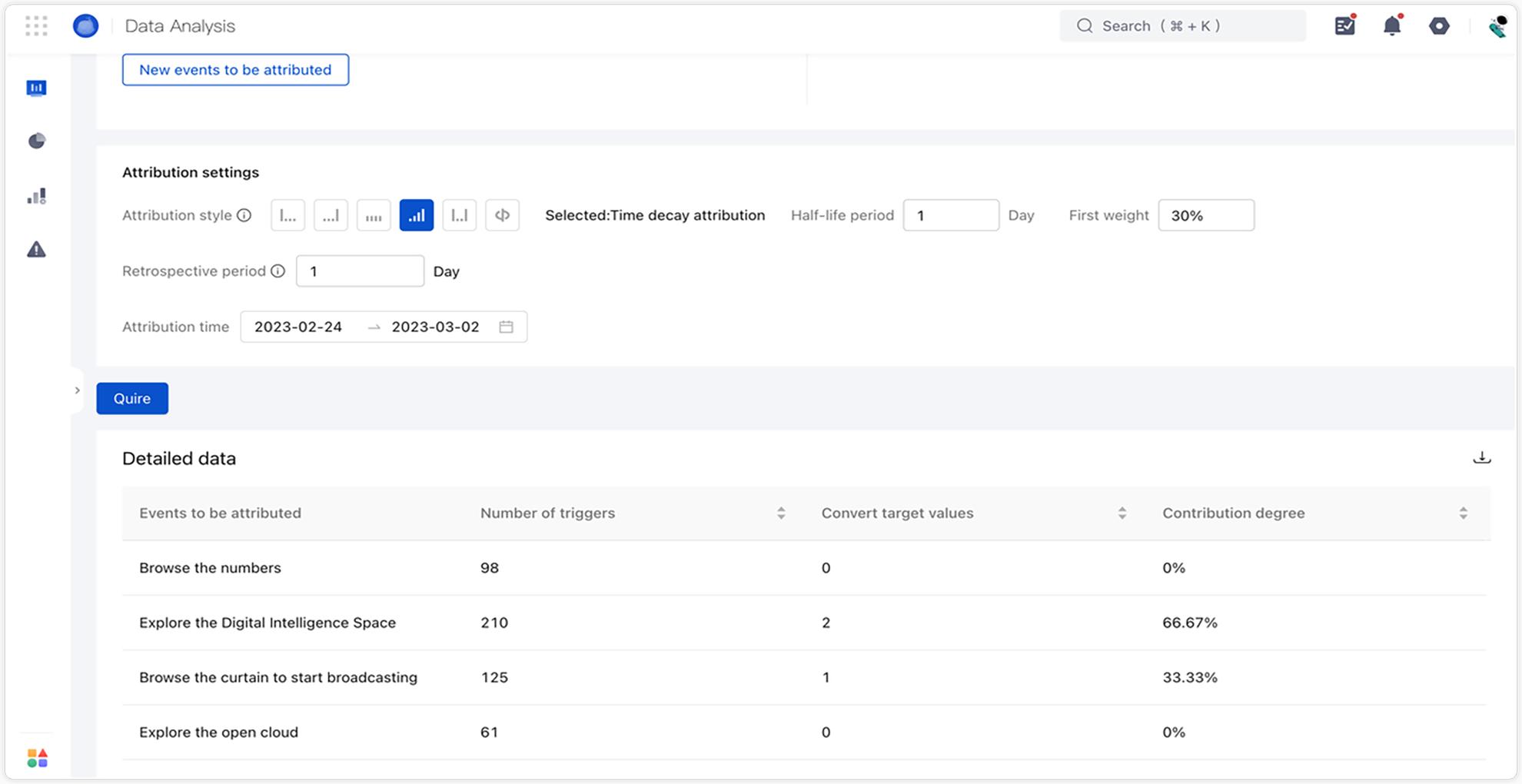Marketing Attribution Analysis
A well-known clothing brand, T, prioritizes private domain operation and continuously updates its App display to enhance the consumer journey, increase transactions, and improve repeat purchase and conversion rates.
However, they face two challenges:
1. Inconsistent add-to-cart rates for products recommended on the main page
2. Insufficient revenue contribution from the top 20 products on the list, significantly lower than prior experience.

Whale's Solutions:
1. Design a tracking plan based on the brand's needs, clearly mark the user journey within the App, focus on key behaviors such as add-to-cart and conversion, and define the following events and attributes (partially listed).
2. Analyze add-to-cart, conversion, and traffic during the campaign cycle using the Boston Matrix. The analysis found that the search bar and category page had a significant impact on add-to-cart and conversion rates.
3. Use attribution analysis (last attribution) to set the final add-to-cart and conversion behavior as the target event, and analyze the conversion target value and contribution of each resource placement.
The brand found that the core problem was the products were subjectively selected by the operations team, instead of a detailed analysis of customer demand and market trends.
Through black-box testing in AB Labs, it was found that due to differences in preferences among clothing and footwear consumers, the system automatically changed the recommended order based on successful transactions. The positive sample data was 5% higher than expected.
As a result, the brand segmented the target audience and designed different recommendation logics and coupons based on shopping habits, achieving a 22% increase in GMV during a major promotion period.

















